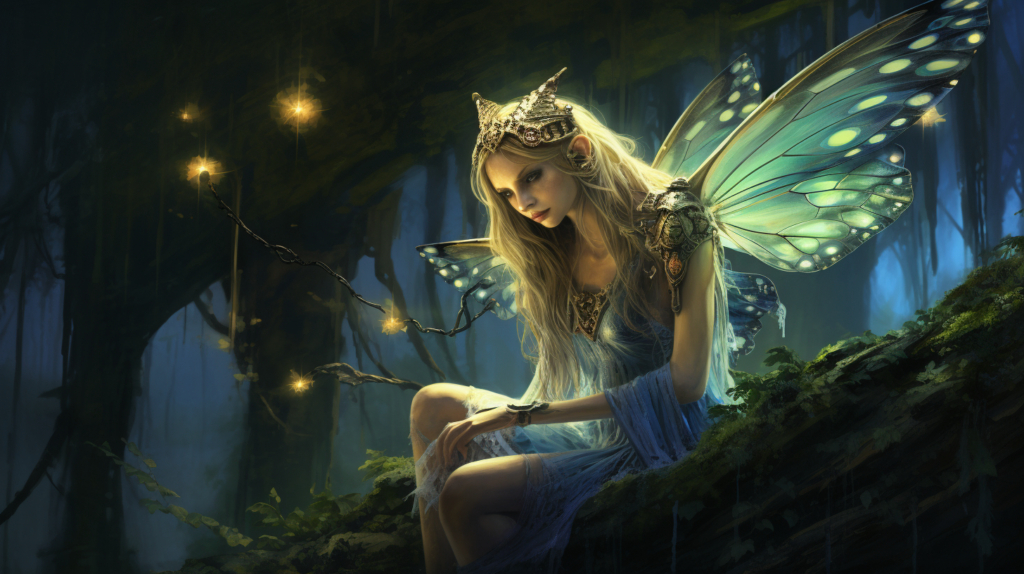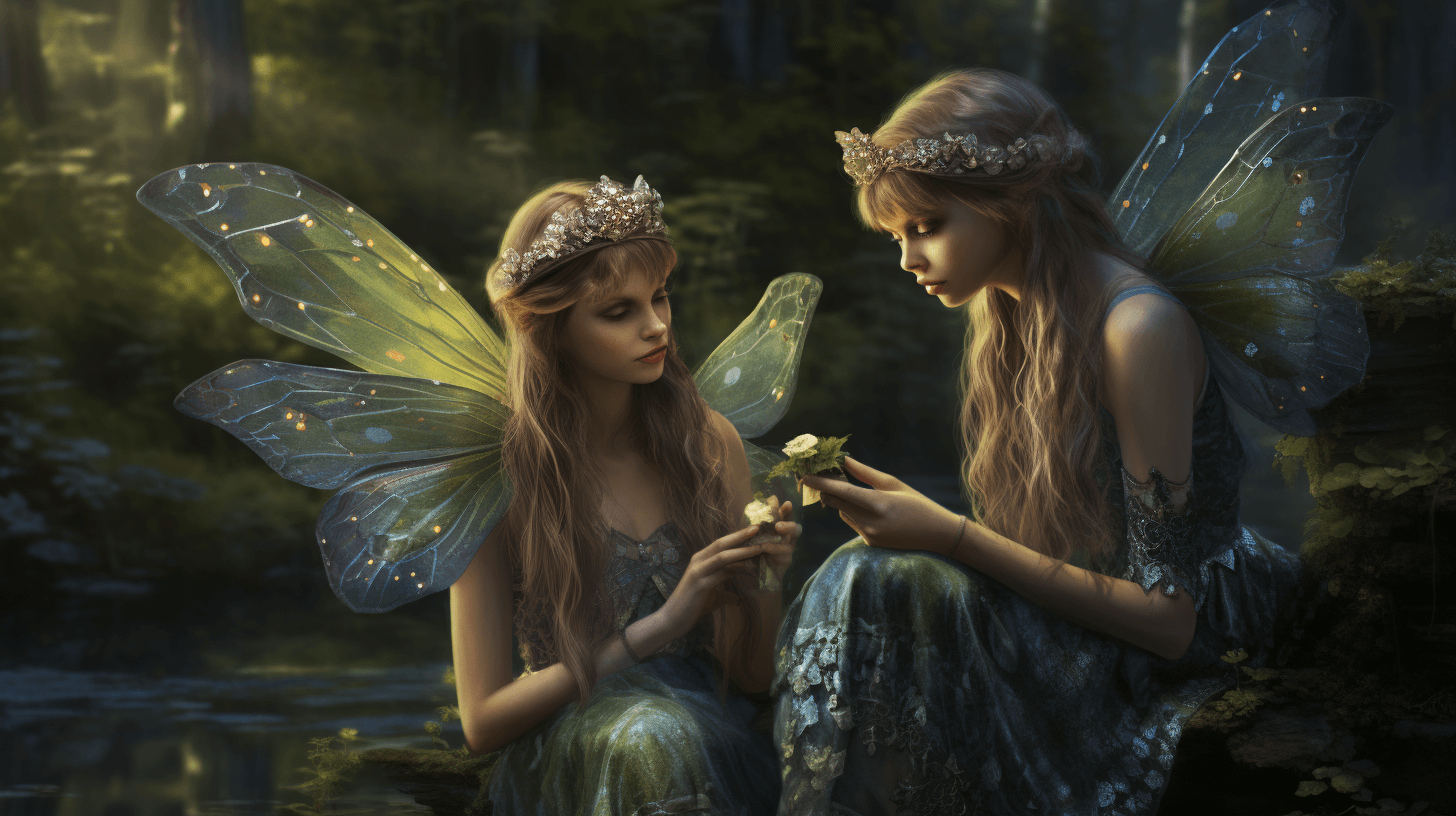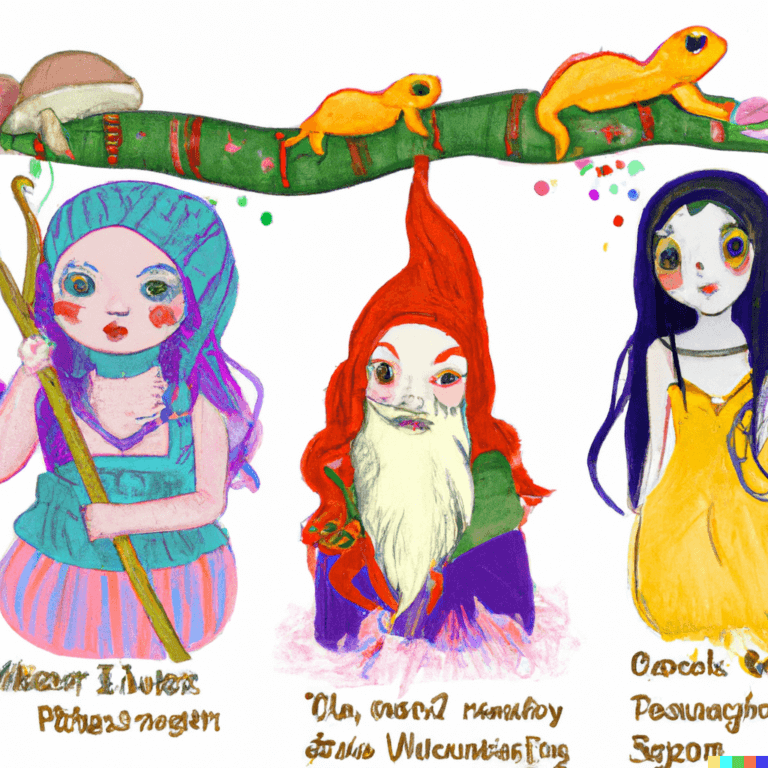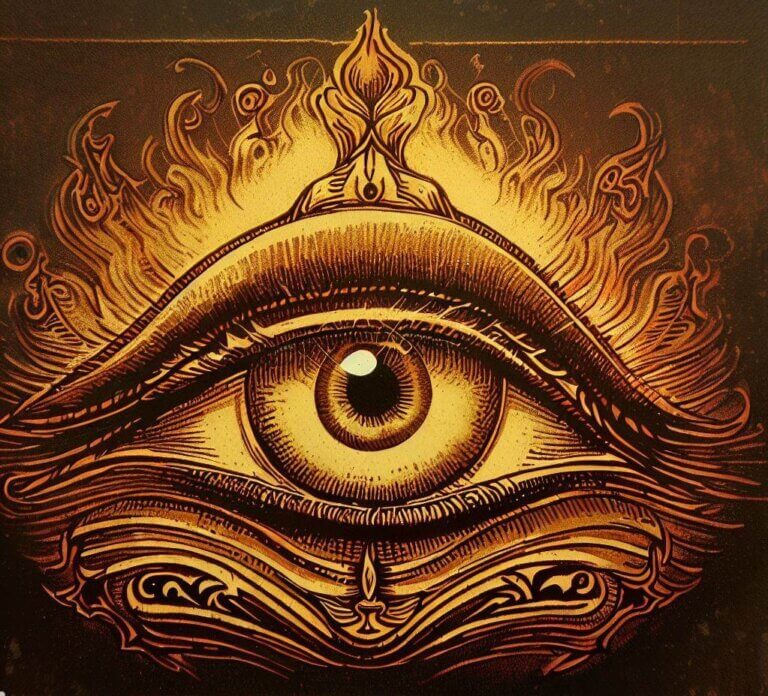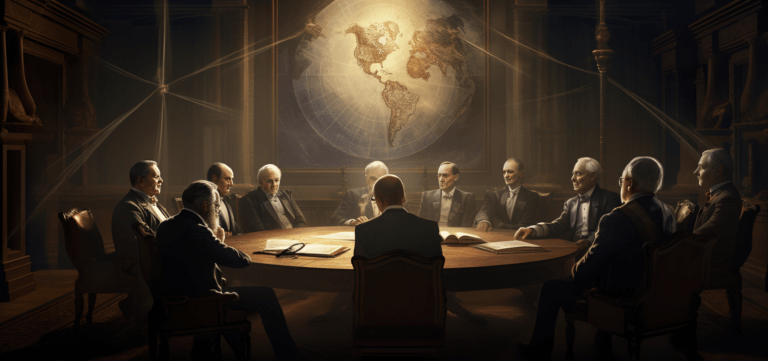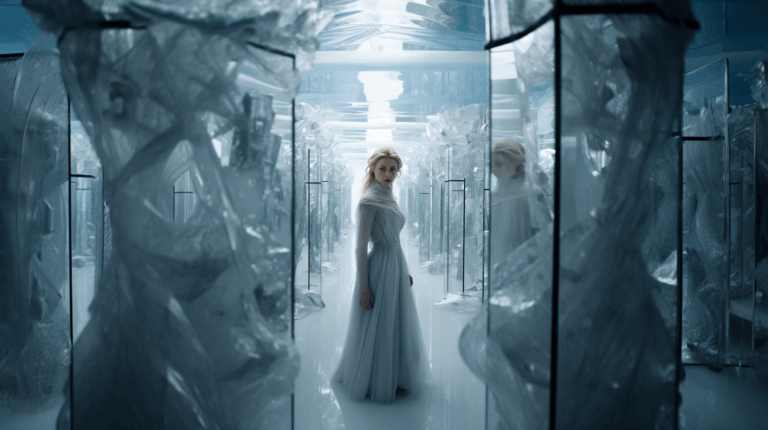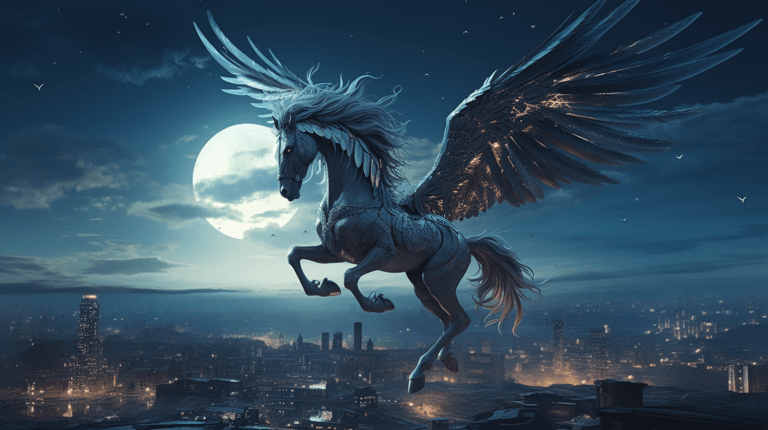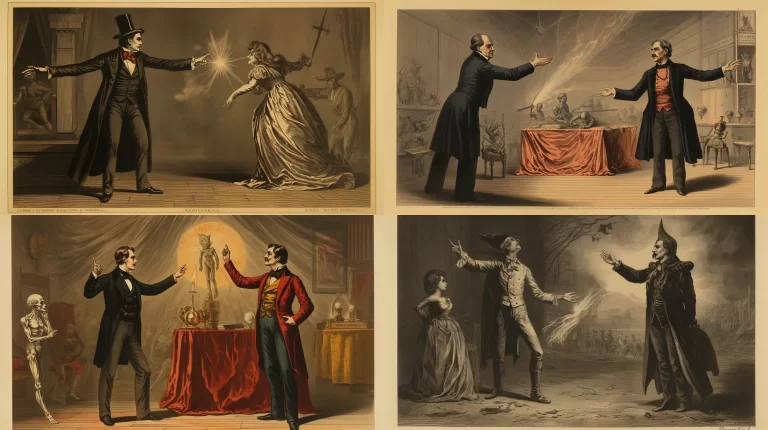The Mystical History of Faeries: Guardians of Nature’s Magic
Introduction:
For centuries, the ethereal beings known as faeries have captivated the human imagination, transcending cultural boundaries and taking residence in folklore, literature, and art. These diminutive creatures, often portrayed as delicate and elusive, are said to possess extraordinary powers and dwell in the enchanted realms of nature. Let us embark on a journey to unravel the fascinating history of faeries, exploring their origins, cultural significance, and enduring legacy.

Origins and Cultural Significance:
The concept of faeries dates back to ancient times, with roots in various mythologies and belief systems around the world. In Celtic folklore, they were known as “daoine sidhe” or “the people of the mounds,” residing in the hillocks and sacred sites of Ireland. Similarly, Scandinavian folklore spoke of “huldufólk” or hidden people, while the Greek tradition included nymphs and dryads as nature spirits closely aligned with faerie-like qualities.

Faeries were often associated with the forces of nature, embodying the delicate balance between humans and the natural world. They were believed to be protectors of the forests, meadows, and water bodies, nurturing the flora and fauna within their realms. Their presence was also thought to influence the changing seasons and the fertility of the land.
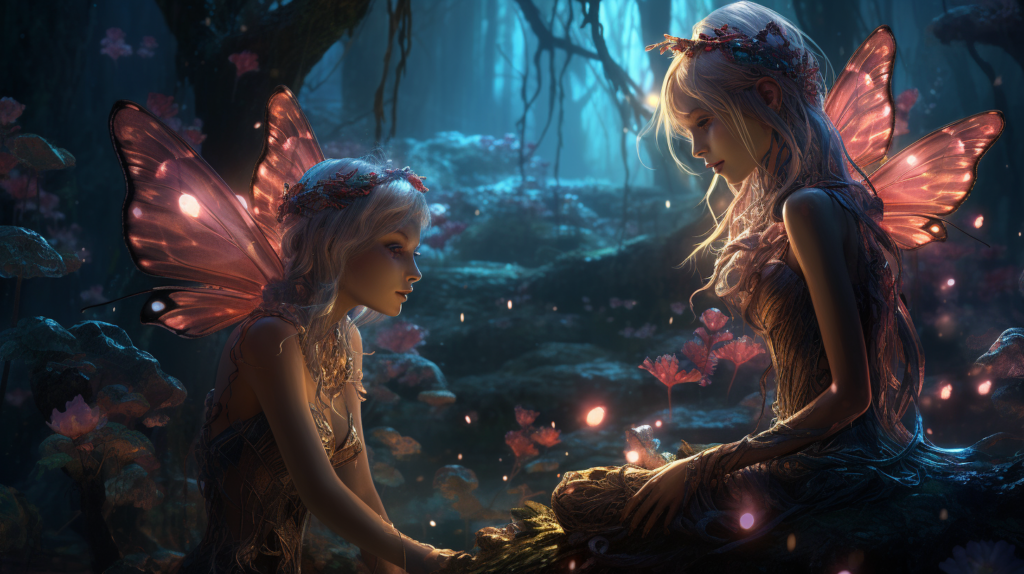
Throughout history, faeries have been revered as both benevolent and mischievous beings. Folktales often depicted them as playful tricksters, capable of both granting wishes and causing havoc. They were known to interact with humans, occasionally offering guidance, bestowing blessings, or engaging in misadventures, all while remaining elusive and rarely visible to the mortal eye.
Evolution in Folklore and Literature:
Faeries found their way into popular folklore, thanks to the oral tradition of storytelling. Tales of encounters with faeries and their enchanting worlds spread across generations, adapting to different cultural contexts and evolving over time. Notable figures such as William Shakespeare immortalized these magical creatures in his plays, particularly in “A Midsummer Night’s Dream,” where the faerie king Oberon and queen Titania ruled over their ethereal domain.
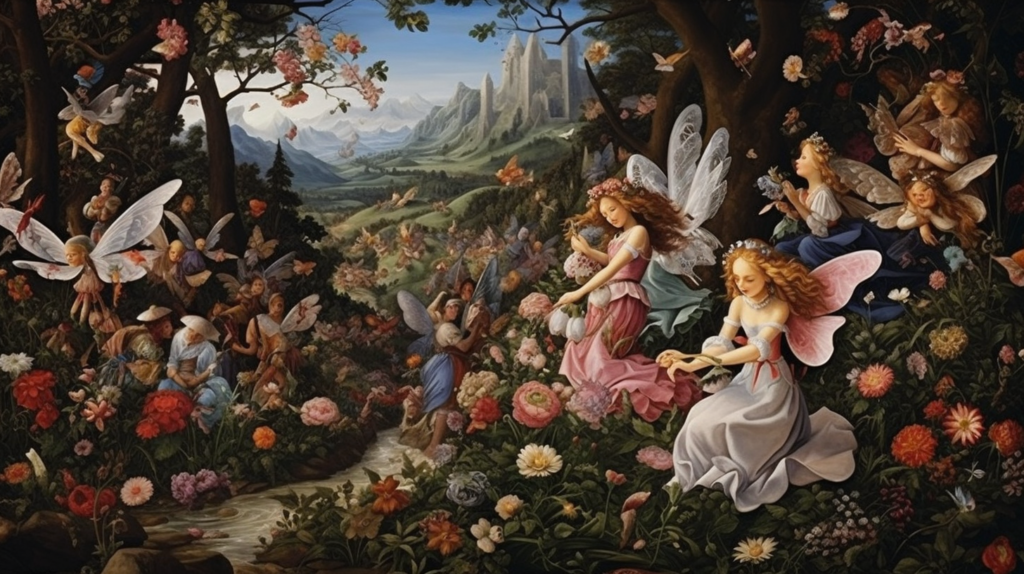
In the late 19th and early 20th centuries, the Victorian era witnessed a resurgence of interest in faeries, driven by a fascination with the supernatural and a desire to reconnect with nature. Artists like Arthur Rackham and writers such as J.M. Barrie and Arthur Conan Doyle embraced the whimsical allure of faeries, breathing new life into their depictions. This era also saw the emergence of the Cottingley Fairies, a series of photographs that purported to capture real faeries, sparking widespread debate and enchantment.
Contemporary Interpretations and Popular Culture:
In modern times, the legacy of faeries continues to thrive in popular culture. Faerie folklore has influenced numerous fantasy novels, movies, and video games, captivating audiences with their magical realms and enchanting adventures. From J.R.R. Tolkien’s Middle-earth to J.K. Rowling’s wizarding world, faeries and faerie-like creatures have become integral elements of fictional universes, captivating readers and viewers alike.
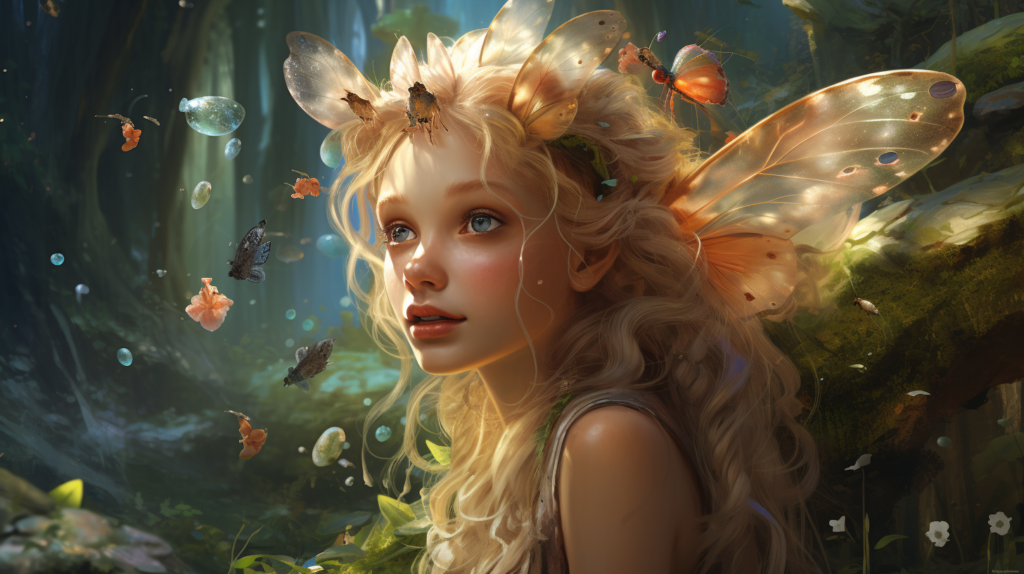
Furthermore, the concept of faeries has transcended artistic mediums, inspiring visual artists, sculptors, and photographers to capture their elusive essence. Their delicate beauty and connection to nature make them an enduring subject of inspiration, with many artists using their craft to convey the ethereal qualities and mysterious allure of these mythical beings.
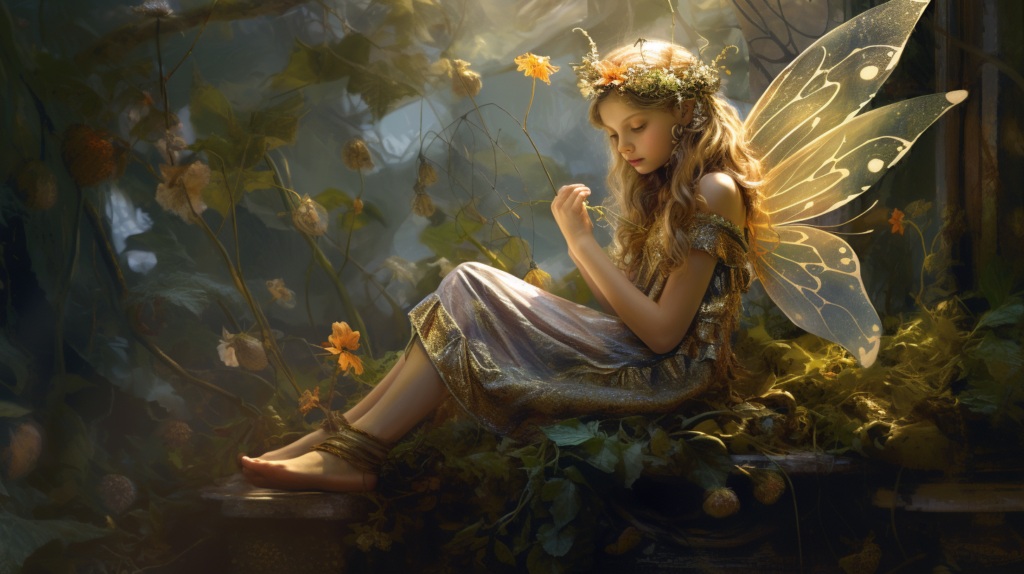
Conclusion:
The history of faeries is a testament to the enduring power of folklore and human imagination. These enchanting creatures, born from ancient beliefs and shaped by diverse cultures, have left an indelible mark on our collective consciousness. As guardians of nature’s magic, faeries remind us of the delicate interplay between humans and the natural world, urging us to appreciate and protect the beauty that surrounds us.
Though they may forever remain elusive and enigmatic, the legacy of faeries lives on through art, literature, and the countless stories that continue to captivate and inspire generations. As we venture forth in the modern world, let us not forget the profound connection we share with nature and the mythical beings that remind us of its enduring magic.
